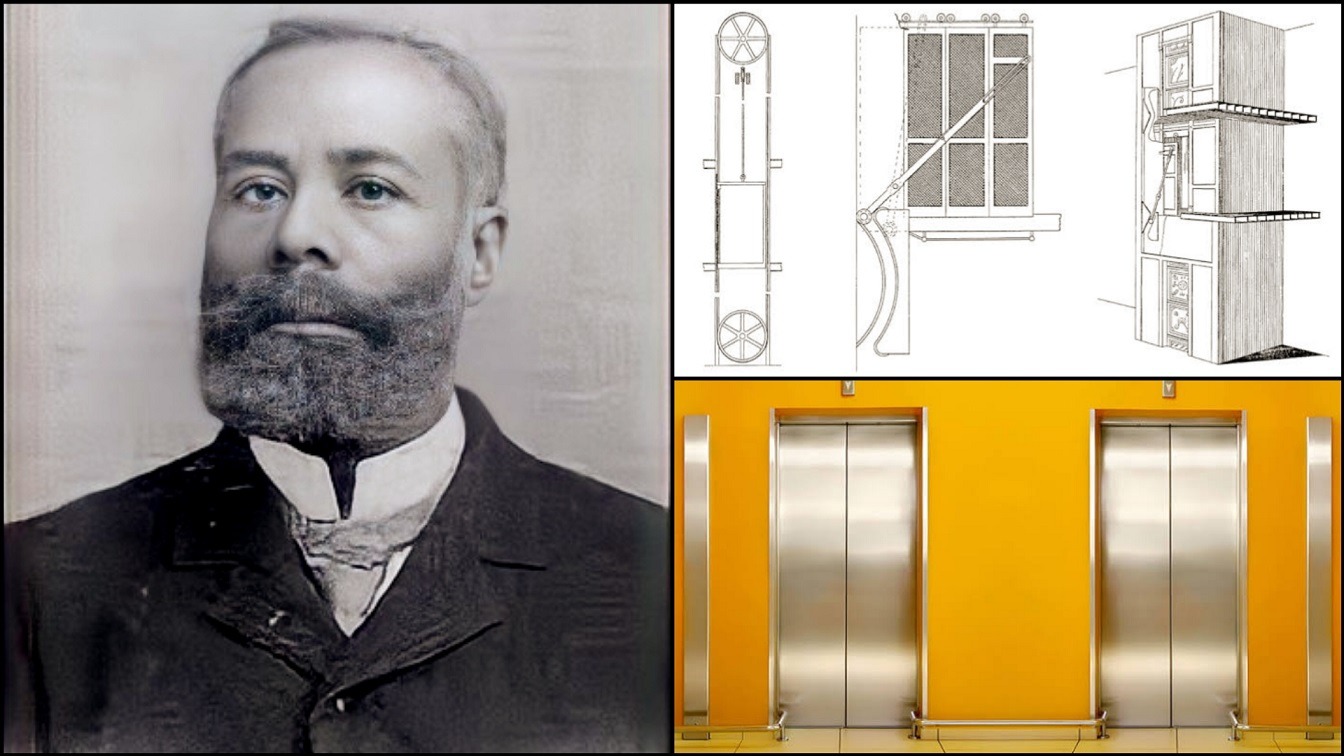
Alexander Miles - The Elevator King
Alexander Miles - The Elevator King
Hey there, elevator enthusiasts! Today we're going to learn about a scientist named Alexander Miles. Now, you may not have heard of him before, but this guy was a true lift genius.
Alexander Miles was born in 1838 in Erie County, Pennsylvania, and from a young age, he had a passion for science and technology. He went on to study at Wilberforce University and later worked as an inventor and a mechanic.
But it was when he started working on elevators that Alexander Miles made some of his most important contributions to the world. He was interested in finding ways to improve the safety and convenience of elevators, which were becoming increasingly popular in buildings and factories.

One of Miles's most notable inventions was the automatic elevator and electric elevator door. It was a revolutionary invention at the time, as it eliminated the need for an operator to manually open and close elevator doors. Miles became concerned with the dangerous risks associated with elevators once he noticed a shaft door left open during a ride with his young daughter, so he set out to design an elevator that was able to open and close its own doors and the elevator shaft doors automatically.
Previously, both the shaft and the elevator had to be opened and closed manually by either the elevator operator or by passengers, contributing greatly to the hazards of operating an elevator or riding in one. Miles attached a flexible belt to the elevator cage, and when the belt came into contact with drums positioned along the elevator shaft just above and below the floors, it allowed the elevator shaft doors to operate at the appropriate times. The elevator doors themselves were automated through a series of levers and rollers.

Miles was awarded U.S. Patent 371,207 for his invention on October 11, 1887. The influence of his elevator patent is still seen in modern designs, since the automatic opening and closing of elevator and elevator shaft doors is a standard feature.
Thanks to him we have access to safe and convenient elevators that move us through multi-story buildings, whether they are 4-story apartment buildings or 100-story skyscrapers. We are able to move through buildings like this without giving it a second thought because of the inventions of Alexander Miles.
Miles died in Seattle, Washington on May 7, 1918, just shy of his 80th birthday.
So next time you take an elevator in an apartment building or an office tower, remember Alexander Miles and the amazing work he did that made it possible for you to move safely between floors. He truly made a difference in the world and his legacy will continue to inspire future generations of elevator engineers and inventors.

Shoebox Elevator
A fun interactive activity for children to learn about the work of Alexander Miles is to create a "shoebox" elevator.
Materials needed:
- A shoe box or similar size box
- Markers, crayons or paints
- Scissors or a hole punch
- Yarn
- Small objects or toys to use as cargo (optional)
- Arrrgh Mighty Observation Journal (optional)
What can you spy with your scientific eye? Who’s ready to learn how a real elevator works? Let’s go!
Instructions:
- A simple model elevator can be made using a long piece of string attached to a cardboard box sitting on top of a table.
- Have the children decorate the cardboard box to look like an elevator with markers, crayons or paint.
- Using scissors or a hole punch, cut a small hole in the middle of the top of the box, large enough for the yarn to fit through.
- The yarn should be long enough so that you can lower and raise the elevator from the opposite side of the table.
- The string should be tied in a knot on the inside of the box so that it does not come out of the hole. (If the box has flaps on it, cut 2 of the flaps off so that only 2 flaps remain, looking like elevator doors.)
- One child should go to the other side of the table and hold the string while the other lowers the box off of the table. Students can take turns lowering and lifting the box, simulating an elevator.
- This project helps students understand the up and down movement of an elevator. Explain to the students that it takes more force to raise an elevator than to lower it because gravity pulls things down.
-
Optionally, children can also add small objects or toys inside the box to use as cargo and have fun transporting them up and down.
- Optional: Grab your Arrrgh Mighty Observation Journal and describe or draw what you see.
This activity is a fun and easy way for children to learn about elevators and how they work, it also helps children develop their fine motor skills and creativity.


